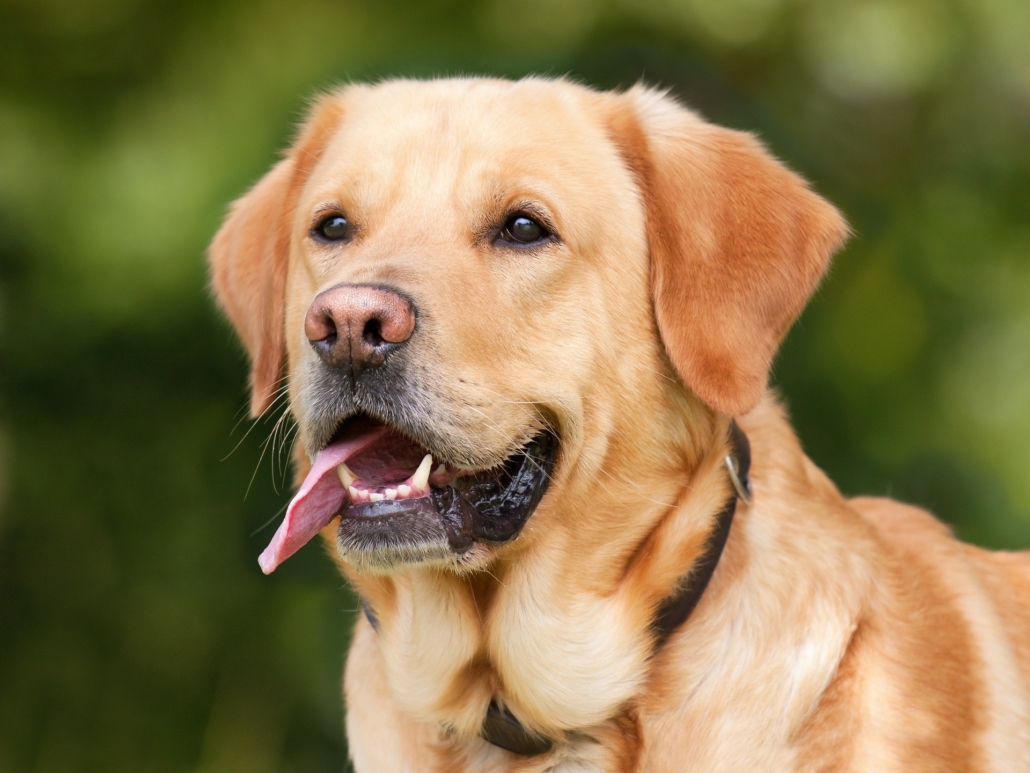Health Benefits of Gluten-Free Dog Food Diets
Why Your Dog Shouldn’t Eat Gluten
Grain free and gluten free diets have been increasingly popular in recent years both for people and for their pets. While gluten allergies in dogs are rare, there are certainly benefits to introducing gluten-free dog food and dog treats into your pet’s diet.
Even though gluten itself is generally safe for dogs to eat, its source, wheat, may not be the healthiest option. Wheat and grains are very high in available starch and sugars. The extra starch in a dog’s diet may actually contribute to weight gain and puts dogs at a greater risk for developing diabetes.
Below is a guide to help you determine if you should eliminate gluten, a protein that’s found in a number of grains, along with the health benefits of switching your furry friends’ diets to a gluten-free one.

How Do You Know If Your Dog Has a Gluten Allergy?
Check your pup for these warning signs, especially if they’ve been eating the same food or treats for an extended period of time:
- Dry, itchy, irritated skin
- Hot spots on their skin (they’ll often lick these until they’re raw)
- Excessive head shaking
- Chronic ear infections or inflamed ears
- Excessive licking of their front paws
- Scratching their face or rubbing it on the carpet
- Flatulence
- Vomiting or diarrhea
Benefits
- Easy digestion: Due to the starchy carbohydrates that are broken down by an enzyme called amylase, dogs do not have enough of this enzyme in their bodies to break down and digest carbs
- A healthier coat: Gluten can lead to excessive itching and scratching in dogs, so a gluten-free diet can also promote a healthy coat
- Weight loss: Too many carbs can often lead to weight gain, so a gluten-free diet may help dogs lose weight and/or maintain a healthy weight. Conversely, if dogs have a poor appetite because they’re gluten-intolerant, a switch to gluten-free dog food could help them gain weight
- More energy: Adding gluten-free foods to your pet’s diet means upping their protein intake, which is animals’ main source of energy. Keep your dogs active and happy by providing them with enough protein to sustain their high energy demeanor through a gluten-free diet
Something to keep in mind: Your dog may not be gluten-sensitive, however the only way to find out is by trying a gluten-free diet for a few months to see how your pet reacts. Even if your furry friend is not gluten-intolerant, feeding your pet a gluten-free diet will not harm them.
Making Gluten Free Dog Treats at Home
You can make the switch to gluten-free treats in two ways: make your dog’s treats at home, or you can buy ultra-high quality gluten free dog treats. You can also do both, giving your dog the best of both worlds (and you’ll have treats on hand for those days when you didn’t have time to prepare any at home)
- Natural Peanut Butter and Banana Mash-up – some recipes call for these to be baked, cooked, combined with other ingredients. But, your dog will like a simple mash of natural peanut butter (check the label – the only ingredients should be peanuts and salt) and banana. You can substitute other nut butters for variety and to avoid nut allergies
- Apple slices
- Frozen pumpkin – just add ground pumpkin to ice cube trays. Your dog will love these on hot days
- Frozen chicken broth pops – same as pumpkin, except you pour home-made chicken broth into the trays
- Cheese – you can melt these into chewy, cookie-type treats, or give your dog cheese in pieces. Just make sure that the cheese is actually cheese, not “dairy product” or “cheese product” – these contain gluten
- Hard boiled eggs – a great source of protein and fats. If you can score free-range eggs, huge bonus
Looking for weekly insights and tips to keep your best friend happy & healthy?
Look no further and sign up for our newsletter right away:



